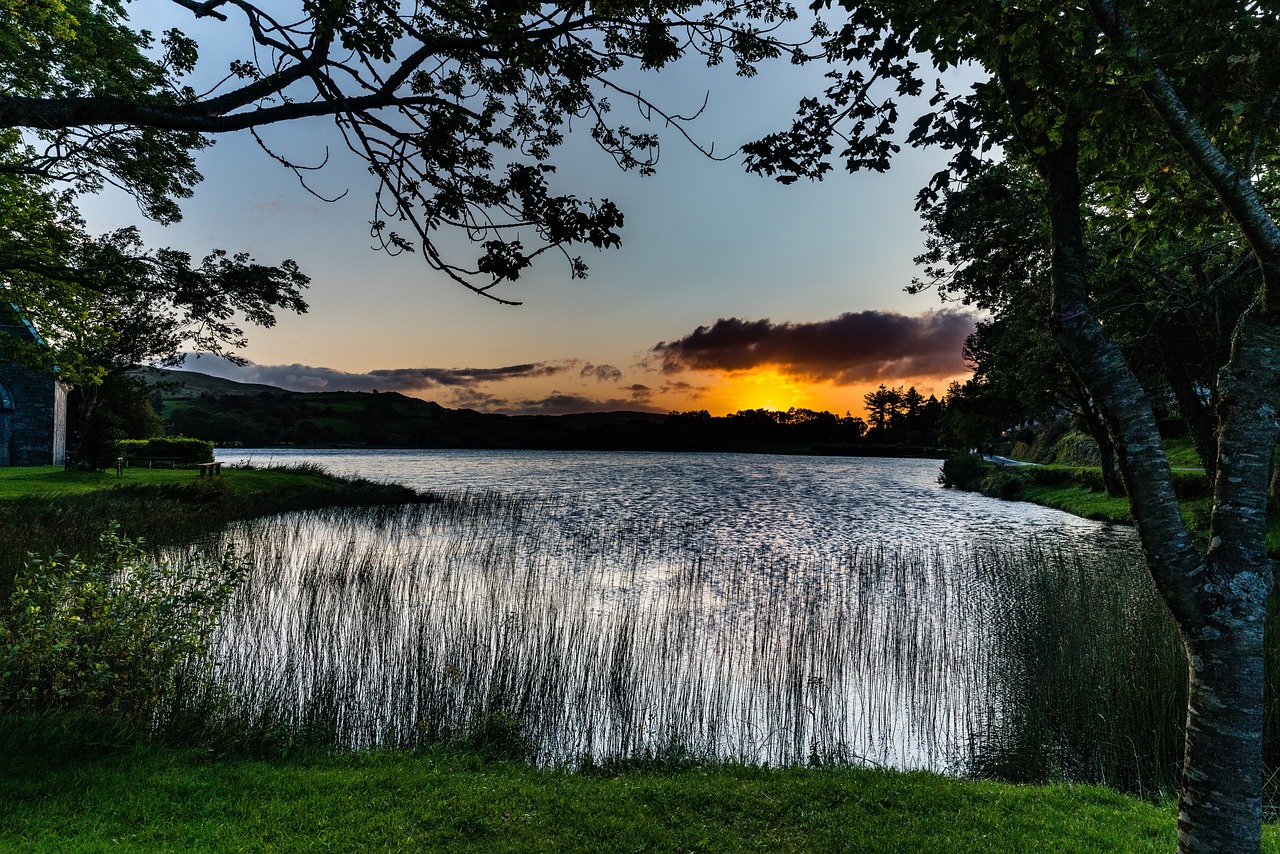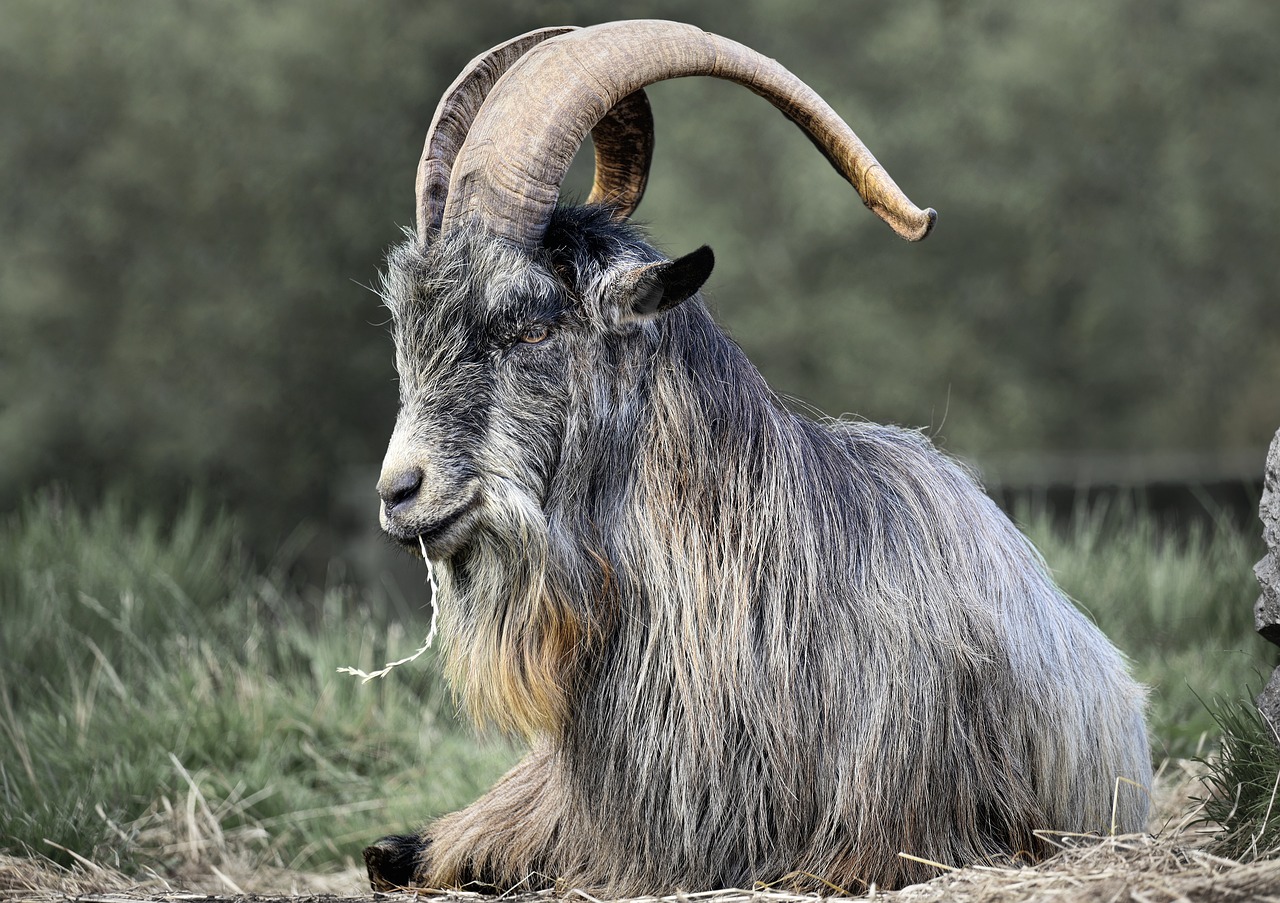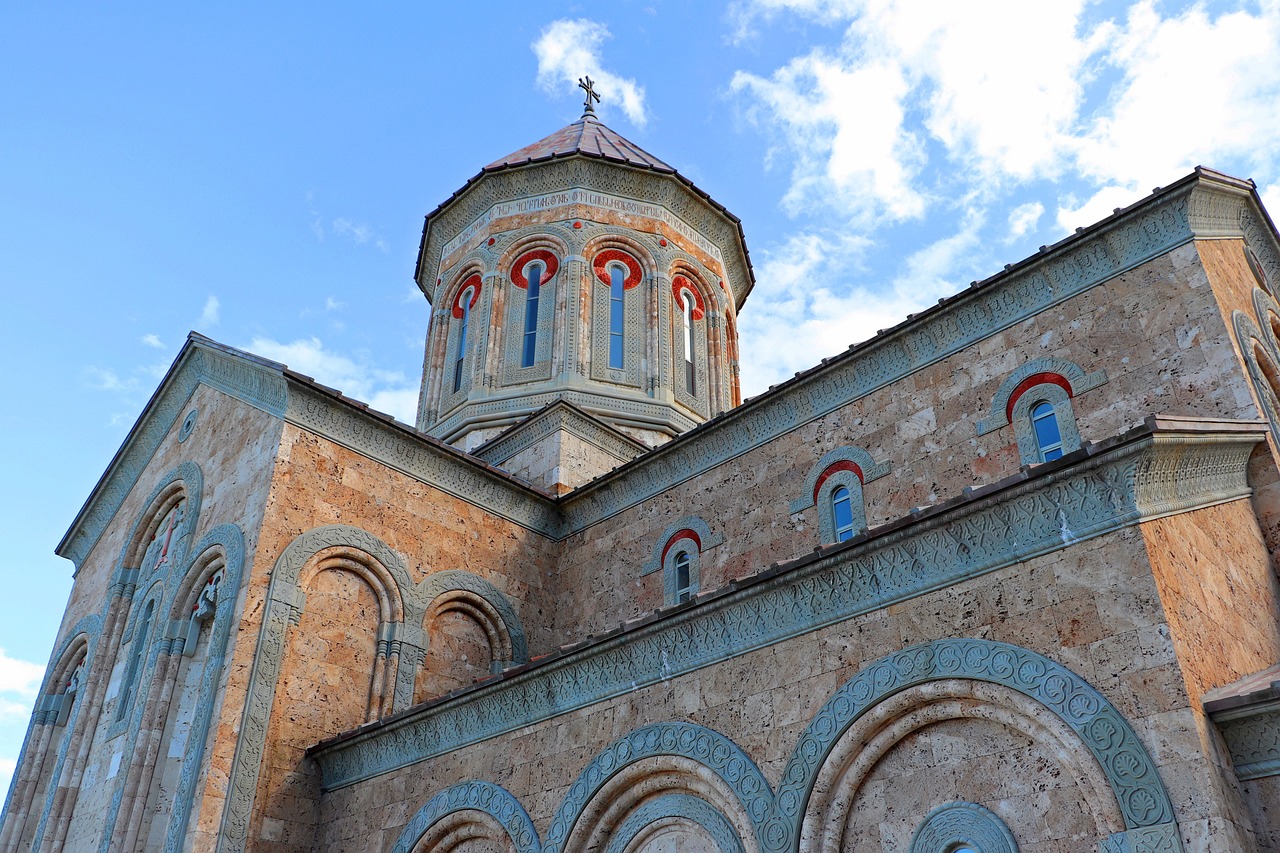Celtic Mythology
-

Celtic religion encompasses the beliefs and rituals of the ancient Celts, an Indo-European people who peaked in their influence and territorial range in the 4th century BC. At this time, the Celts extended from the shores of Britain to Asia Minor. Following the 3rd century BC, their prominence began a protracted decline, culminating with Julius…
-

Medb: Queen of Connacht and Celestial Sovereignty Origins and Dominance Medb, a prominent figure from the royal lineage of Tara, is infamous for the ruthless slaying of her pregnant sister. Following this act, she aligned herself with Aillil, gaining control over Connacht—her sister’s former domain. Renowned primarily as the sovereign of Connacht during the legendary…
-
Significant Rituals of Tlachtga in Ancient Ireland Located a mere twelve miles from Tara, Tlachtga, also known as the Hill of Ward, is a prominent site steeped in the Celtic religious traditions that flourished over two thousand years ago. Although overshadowed by the better-known Tara, Tlachtga warrants recognition for its own significant contributions to ancient…
-
Background Balor was an imposing leader among the Formorians, a menacing and demonic faction oppressing the Tuatha De Danann. His demise was foretold and occurred during the fierce Battle of Moytura, where he met his end at the hands of his grandson, Lugh. The sheer size of Balor was so immense that when he fell,…
-
The Celtic deity Belenus was revered across many regions during his era. Shrines dedicated to him were uncovered throughout Europe, and records from the 3rd Century identify him as the patron god of the Italian city, Aquileia. His worship also extended to England, where the title of the Celtic King Cunobeline, who governed a significant…
-

Ireland, a small yet historically rich island, boasts a wealth of folklore that has been preserved through oral traditions over generations. These stories often intertwine with the landscapes, offering explanations for the unique features and characteristics of various locations. The Tale of the Children of Lir The story of the Children of Lir is prominently…
-
The Tale of Lir and His Enchanted Children Background Lir resided in the realm of Sídh Fionnachaidh, an area linked to the maritime imagery that bonds him to Manannán Mac Lir, the god of the sea. The Story of Lir Lir’s tribulations began when Bodhbh Dearg, known as Bov the Red, ascended to the throne…
-

The Enigmatic Goddess Clíodhna Among the captivating figures of Irish mythology, the Goddess Clíodhna stands out prominently, enchanting all those who hear her tale. Renowned as the most beautiful woman of her time, Clíodhna embodies love and reigns as the Queen of the Banshees in Ireland. Her legend is firmly entrenched in the folklore of…



